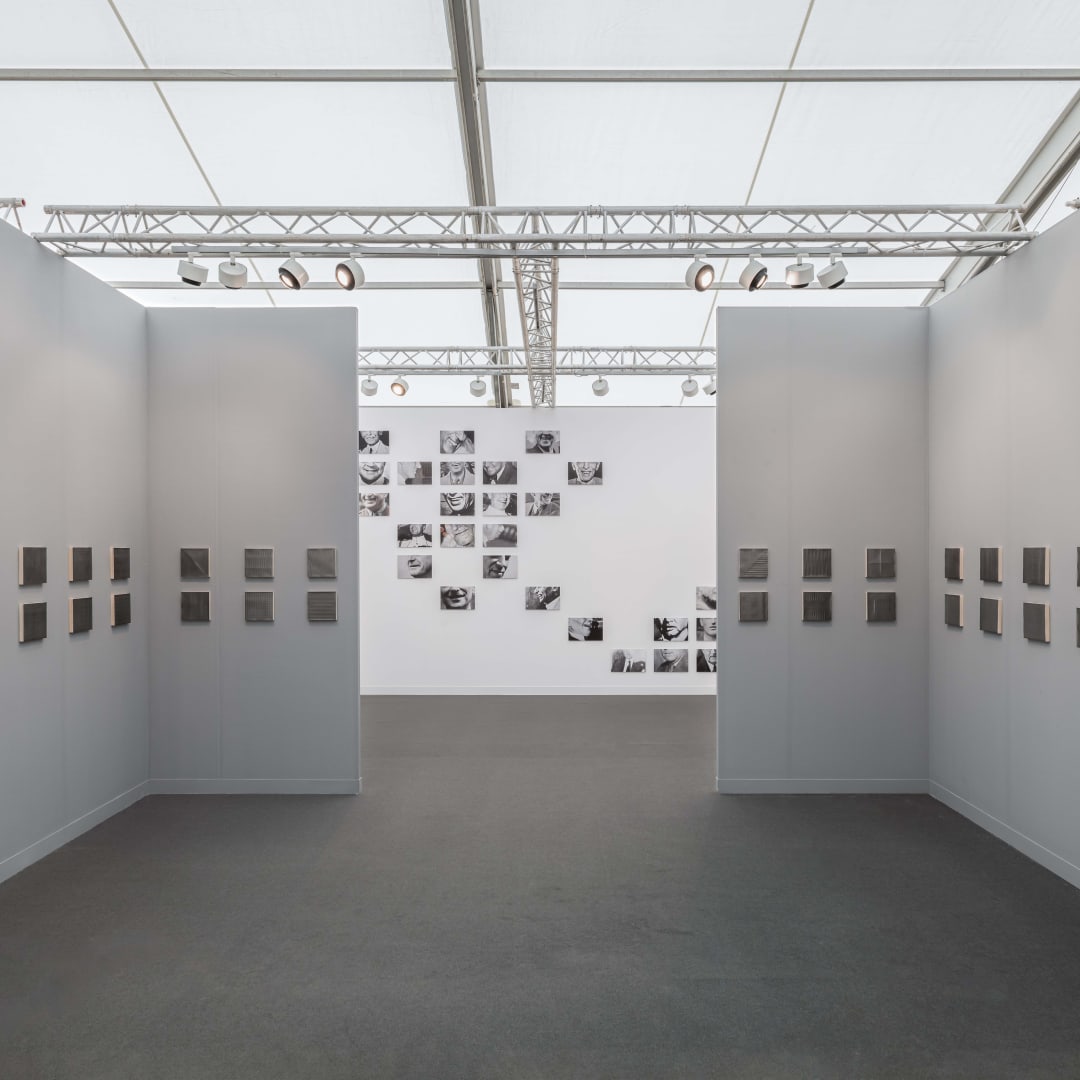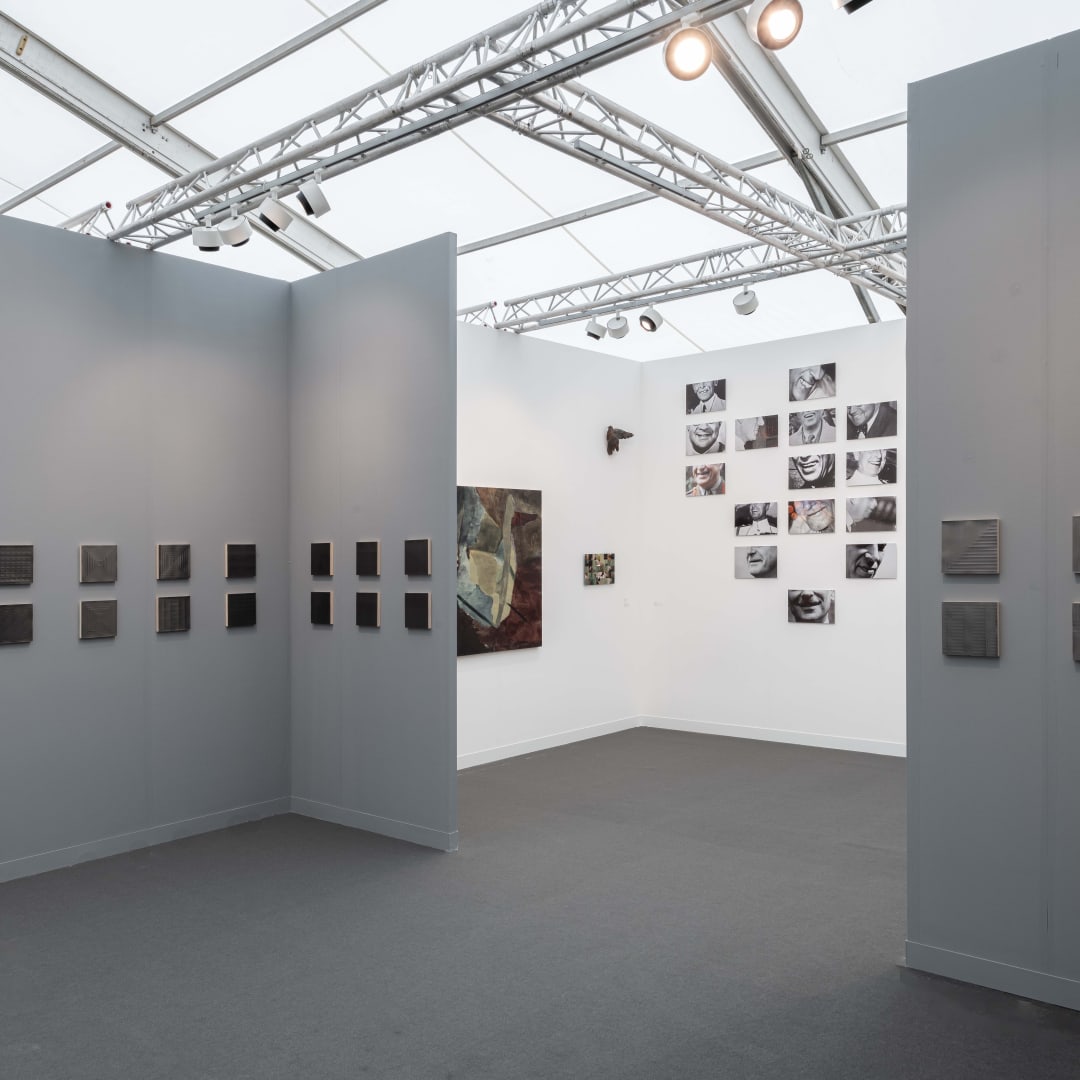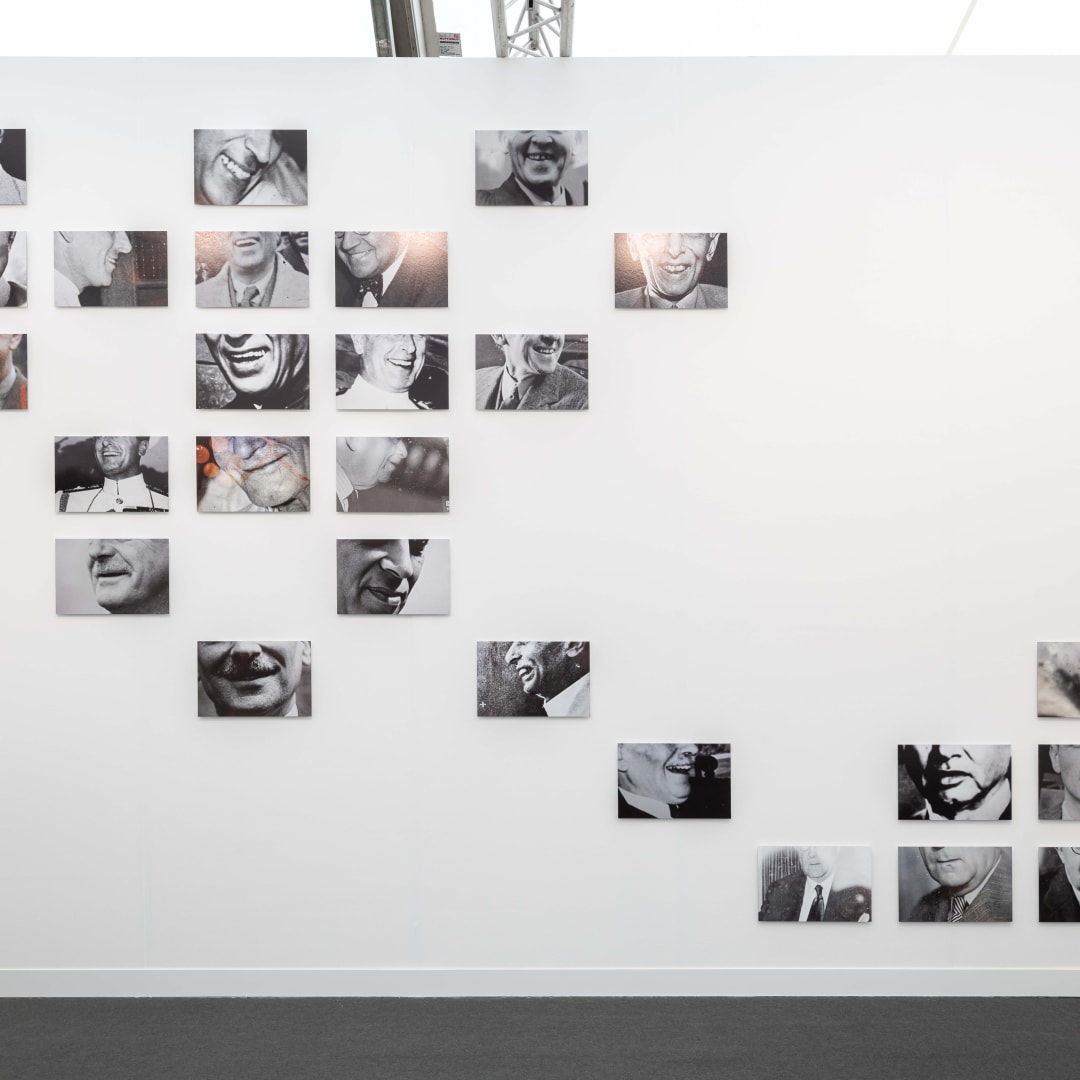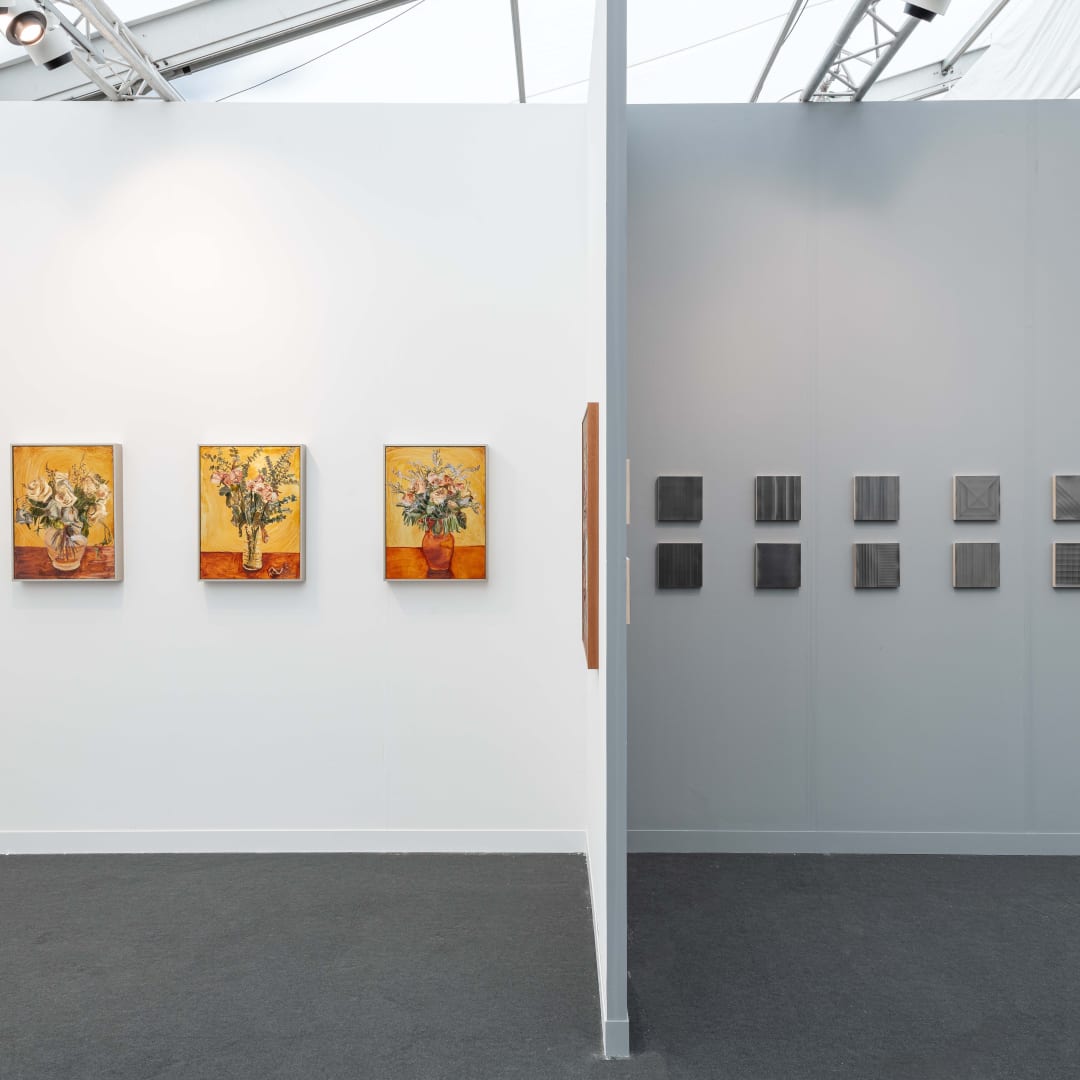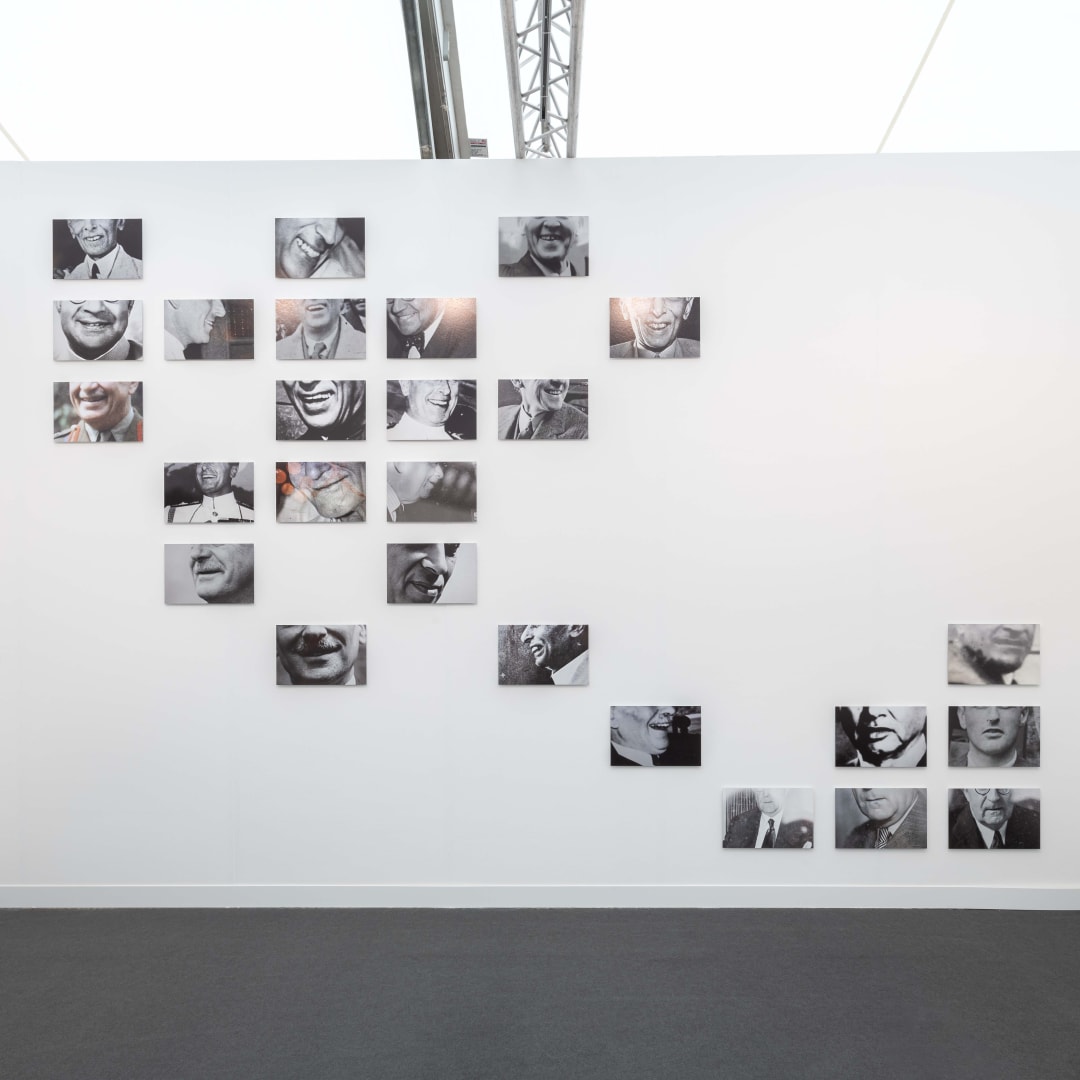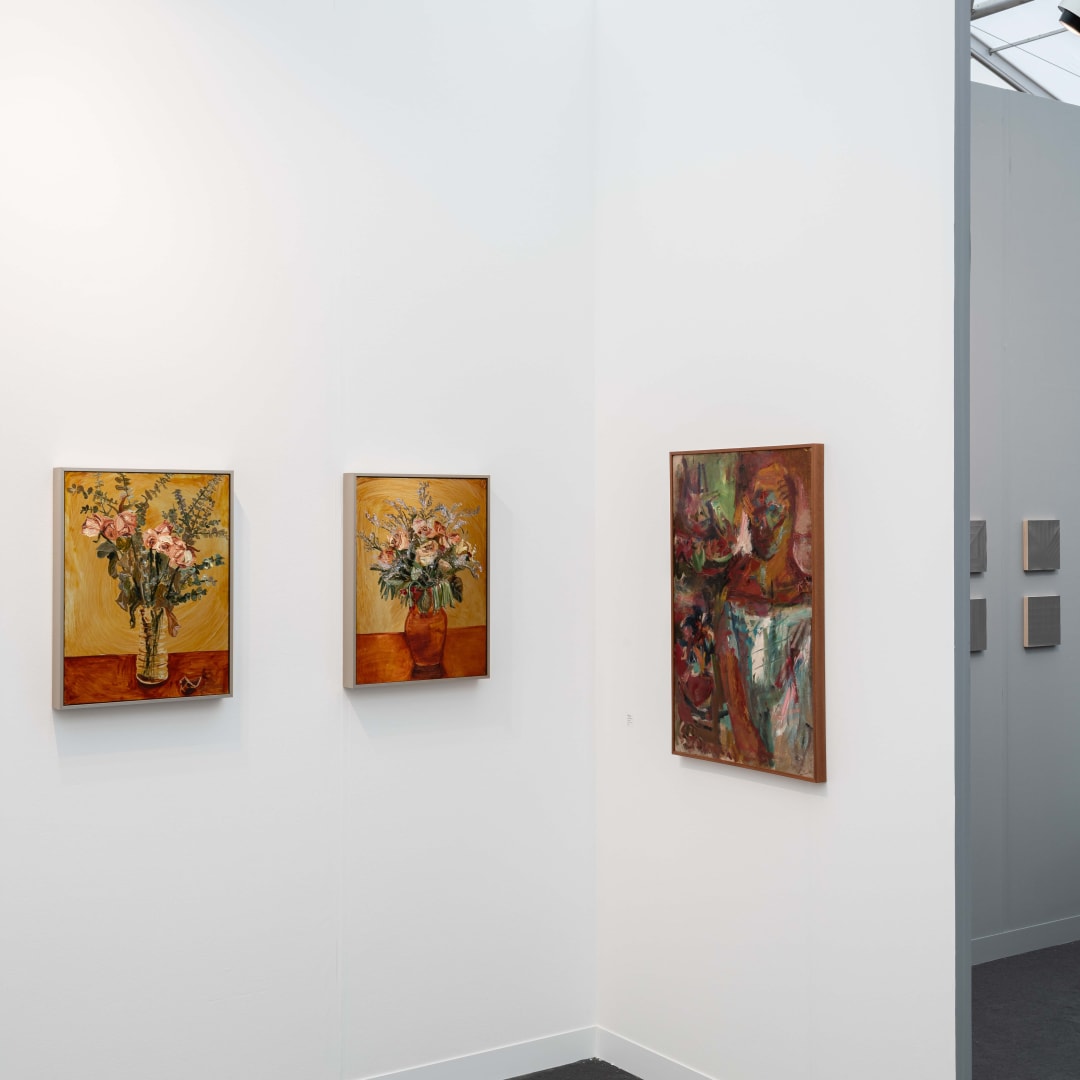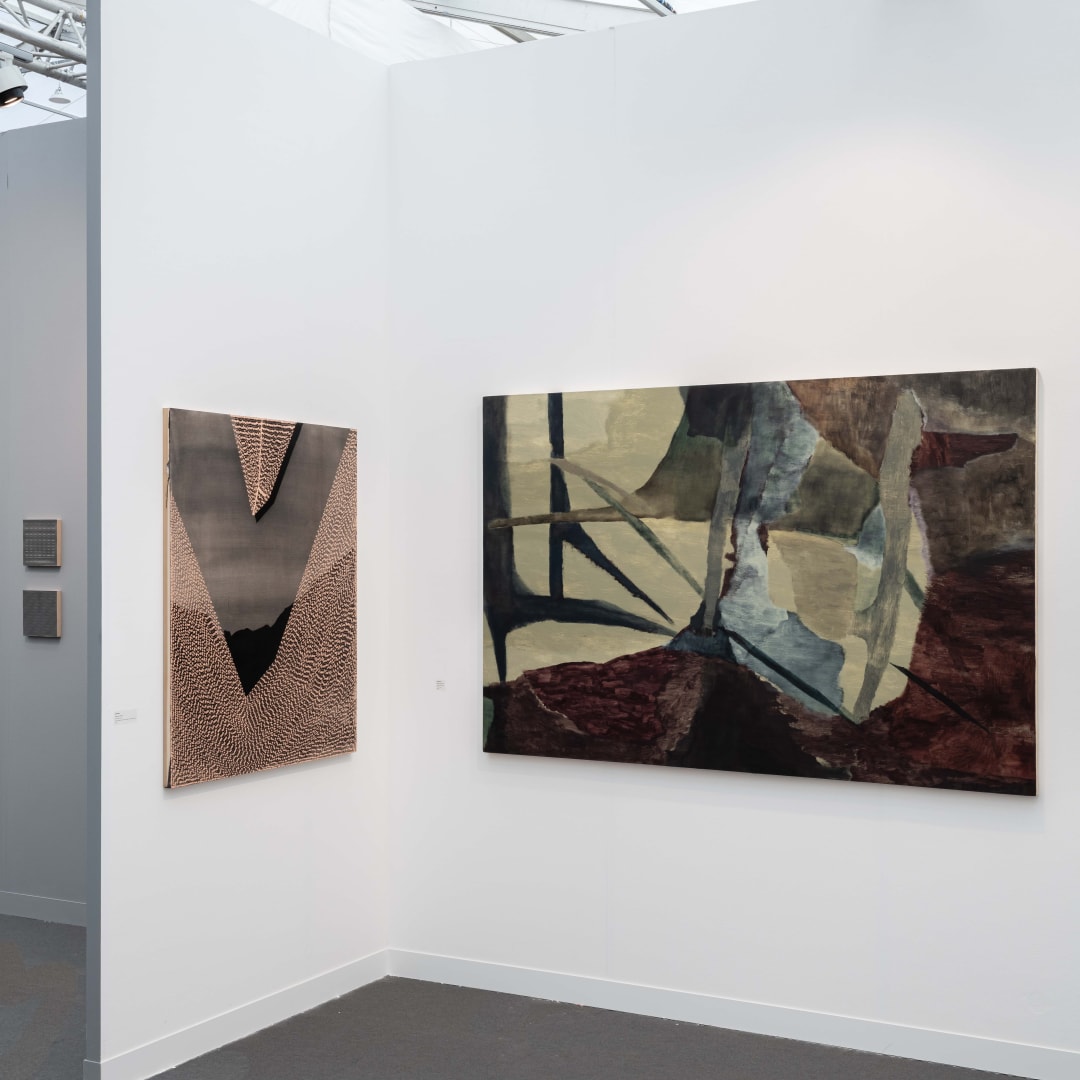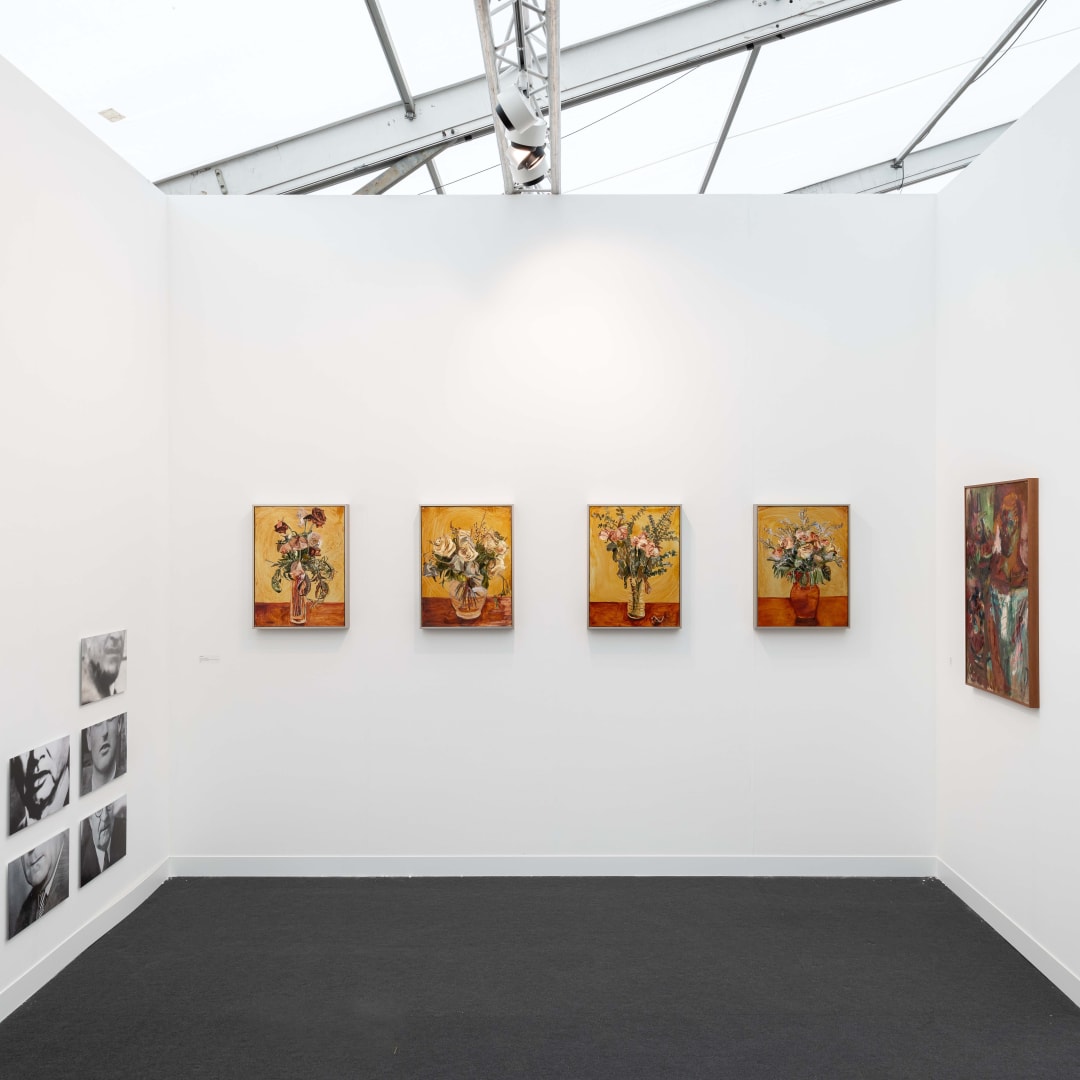Frieze London
Experimenter | Booth: A04
October 11 – 15, 2023
The Regent’s Park, London
Experimenter presents Do You Know How to Start a Fire, a group exhibition of intergenerational women artists, being presented together for the first time in London, featuring works by Afrah Shafiq (1989, India), Ayesha Sultana (b. 1984, Bangladesh), Bani Abidi (b. 1971, Pakistan), Bhasha Chakrabarti (b. 1991, USA), Biraaj Dodiya (b. 1993, India), Radhika Khimji (b. 1979, Oman), Reba Hore (1926 – 2009, India) and Sakshi Gupta (b. 1979, India).
Do You Know How to Start a Fire offers an insight into a world of paradoxes and transient instances of deep personal references, interwoven equally in environments of silence, sensorial stimuli and nebulous ideas through the work of eight artists. While Ayesha Sultana explores spatial encounters and movement in a measurement of space between things, Biraaj Dodiya and Radhika Khimji unravel practices rooted in navigating landscapes, uncertainties and distance through acts of abrasion or resistance. Afrah Shafiq and Bani Abidi explore dynamics of power through a diversity of research modes and devices, rupturing existing narratives, and creating subversive, speculative new ways of looking at the familiar. Bhasha Chakrabarti offers a deeply personal lens into the genre of still life and explores the act of painting as memorialising intimacies and relationships. Juxtaposed alongside, is the practice of the late Reba Hore, whose paintings emanate fervent, frantic lines of colours making form, figure and landscape indiscernible while revealing a singular gaze from the interiority of an entangled knot of experiences. In Sakshi Gupta’s sculptural works, emerging from continued engagement with found objects and industrial scrap, the crosses between banal inanimate objects and animal-human world arise from an acute need to blur these rigid confines and experience the self in a larger context, while re-evaluating notions of transience and resilience.
Afrah Shafiq’s (b. 1989) work An Endless Afternoon Defragments is a print of a video still from the multimedia patchwork titled st.itch that looks at the transgressive potential of women’s domestic labour, its effect on the mind and its connection to programming, cybernetics and code. Drawn in by an endless supply of images in the archives in the north of England of women sitting indoors, quietly, head bent, fingers busy, often alone – lost in what is being created with their hands, the work explores where the mind travels to when the body is engaged in repetitive, endless, invisible or mechanised labour. Shafiq’s work speculates on whether by abiding by a certain conduct have women also been living in code, if there is a glitch in the system to slip through the cracks of the physical realm and decode this system through the archive.
Rooted in process and the act of making, Ayesha Sultana’s (b. 1984) practice is an ongoing investigation of drawing, of seeing space in continuum, of exploring gaps in visual memory and of looking at the periphery and what is overlooked in plain sight. Sultana’s graphite drawings signify a delicate yet intriguing dissonance between appearance and reality, revelation and ambiguity—through configurations and arrangements of geometric shapes and spatial structures, in a frame-by-frame progression of image and time. On closer viewing, the smooth surface of the paper is dark but reflective, nestled within it lies an intricate mesh of frictions and ruptures which animate the tactile surface resembling the texture of metal; thus underscoring the mineral attributes of graphite. This also refers to an element of three-dimensionality produced by the dialogue between the versatile malleability of paper and the austere physicality of graphite.
The title for Bani Abidi’s (b. 1971) new photo installation, is taken from Fatima Asghar’s poem ‘They asked for a map’ and is a reference to Sir Cyril Radcliffe, an English lawyer, who in 1947 was tasked with the job of drawing the borders that would divide the Subcontinent into two new countries: Pakistan and India. The chopping up of this vast swathe of land, a region with which the gentleman from London was completely unfamiliar, took place within a closed room and was completed in just over forty days. The census data and cartographic material that was provided for the task, is said to have been outdated. In continuation of an earlier work titled The reassuring hand gestures of big men, small men, all men, Abidi re-photographs parts of digitized archival photographs in an attempt to assemble an alternative tableau of sorts. For this installation, she works with portraits of the men, both British and Indian, who played a key role in the negotiations leading up to Partition.
Bhasha Chakrabarti’s (b. 1991) works titled Memory, a series of four still life paintings, question the notion of still life as a genre of academic painting – that’s extremely sterile and objective – and offer a deeply personal lens into Chakrabarti’s practice. They were painted as part of deep heartbreak as Chakrabarti established a daily painting practice at that time to keep her company through the stages of grief where Chakrabarti revisited flower bouquets that were given by her lover. During the process of painting the bouquets were dying and falling apart, and in that sense the series began to resemble the process of memory and remembering about the relationship. This is attested by the fact that the works are titled Memory, followed by the specific date when Chakrabarti had received the bouquet originally. The works document this process and the relationship, simultaneously they trace the passage of time involved in the making of and thinking about a painting, as a collapsed series of moments instead of a singular one.
Simultaneously straddling ideas of ruination and form, chaos and care, Biraaj Dodiya’s (b. 1993) work, Rehearsal Island is part of a series rooted in metaphors within the subject of landscape, where a relentless construction, deconstruction and improvisation of materials leads to the final form. Dodiya’s work develops much like an excavation site with extended processes of layering, concealing forms and digging back into the surface. Ultimately, the work becomes a record of its own upended language. The surface of Dodiya’s painting is dense, layered and textured, created through a constant process of removal and reapplication of paint, much akin to landscape which could also be a charged space for erasure and the violence of time. For Dodiya there is no landscape without ruin, there is no body without failure and she remains interested in constructing this liminal space – the meeting point between the sublime image, and the inherent ruin in it while leaning into an ancient human need to create systems of support that resist collapse.
Reba Hore’s (1926 – 2008) practice is rooted in the dailyness that occupied her field of vision. Frenetic and at times even dizzying, her work was furious yet a strong humanist quality is evident, whether in the painted shadows of the humans in her images or the fragile catharsis of her subjects. The fervent lines of colours in the paintings and works on paper make form, figure and landscape indiscernible, underscoring a form of erasure. Hore’s is an expressionistic, powerful practice alluding to a confident embodiment of motion that reveals a gaze from the interiority of an entangled knot of experiences.
Traversing the macrocosm through one’s body as a way of seeing and experiencing, Radhika Khimji (b. 1979) draws on an array of mediums and a layered technique of mark-making to reimagine geographies and abstract aspects of the environment. Khimji’s visual language searches for a place between architecture and gesture through a collaged way of working. Informed by the physicality and materiality of the making process, Khimji’s work navigates the perpetual displacements of the transitory and fluid body moving across a space fragmented by many polarities.
Sakshi Gupta’s (b. 1979) work explores visual and tactile contradictions and complexities through sculptural reinterpretation of everyday objects. Gupta challenges the boundaries between art and life by juxtaposing absolute wreckage and beauty, re-evaluating how we perceive what is typically overlooked or considered obsolete yet having an all-pervasive presence in our environment. In Gupta’s sculptural works, emerging from a continued engagement with reclaimed industrial metal, the crosses between banal inanimate objects and animal-human world arise from an acute need to blur these rigid confines and experience the self in a larger context of life with its splendour, dread and the interstices in-between.
For any further information or press inquiries email admin@experimenter.in
